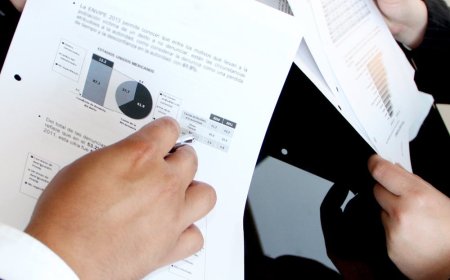Why Volume Matters When Interpreting Index Moves

Price movement alone does not tell the whole story. In the world of trading, volume serves as the voice behind the chart. While an index may rise or fall, the real insight lies in understanding how much participation supported that move. Without this context, price shifts can be misleading. For anyone involved in indices trading, volume offers a layer of confirmation that cannot be ignored.
Volume represents the number of shares or contracts exchanged during a given period. When applied to index trading, volume helps traders determine whether a move is genuine or driven by thin participation. Index movements backed by strong volume tend to be more sustainable, while low-volume moves may fade quickly or reverse without warning.
Volume Confirms Breakouts and Breakdowns
A common use of volume in indices trading is in evaluating breakouts above resistance or breakdowns below support. When an index pushes through a key level with strong volume, it suggests broad market agreement with the move. Traders can take this as a sign that momentum is building. On the other hand, if a breakout occurs on weak volume, the move might lack conviction and become vulnerable to reversal.
Volume also helps distinguish between real trend changes and temporary noise. A sharp decline followed by a high-volume bounce may indicate a turning point. Without volume confirmation, that same bounce could simply be a dead cat bounce lacking real support.
Understanding Divergences Between Price and Volume
There are times when price and volume begin to tell different stories. For example, if an index continues to climb while volume gradually decreases, it could signal weakening momentum. Traders in indices trading who notice this divergence may become more cautious, anticipating that the move might soon run out of steam. Similarly, if an index is falling but volume begins to rise, it might suggest growing interest and a potential bottom forming.
Volume analysis does not guarantee direction, but it adds context to price action. It helps traders make more informed decisions by showing how committed the market is to the current move.
Institutional Footprints in Volume Spikes
Unusual spikes in volume can also hint at institutional involvement. Large funds typically execute their trades in phases, and these movements are often visible in volume surges during specific times of day. For traders who specialize in indices trading, spotting these footprints can lead to better entry and exit points. A sudden increase in volume near a support zone could suggest accumulation, while spikes near resistance might signal distribution.
Volume and Time of Day Patterns
Volume is not distributed evenly throughout the trading day. The opening and closing hours often see the highest activity, while mid-day periods may be quieter. In indices trading, recognizing these time-based patterns helps avoid entering trades during periods of low participation. Volume-driven setups are often more reliable when they occur during high-activity windows.
Combining Volume with Other Indicators
Volume becomes even more powerful when combined with other tools. Moving averages, relative strength indicators, or price structure patterns can all become more effective when volume is used as confirmation. For example, a bullish reversal pattern that also shows a volume surge provides stronger evidence for a potential trade setup. Traders using indices trading strategies can benefit by aligning technical signals with volume confirmation to improve accuracy.
Volume is more than a statistic. It is a guide that reveals the strength, weakness, and sincerity of a market move. By incorporating it into every trade decision, index traders can better separate real opportunities from misleading noise.




































